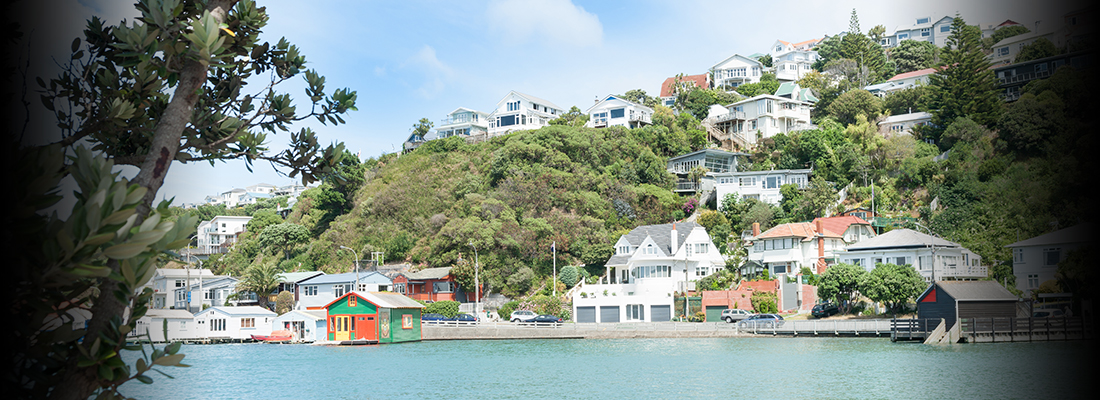
-
Contents
- Tort law reflects but doesn’t define standards
- Asian markets exposed
- ASIC expects fairness
- Mandatory breach notification
- Maintain high touch
- Bad faith claims
- Vicarious liability exposed
- Mediators debate
- Punitive damages possible
- Sea levels rising
- Climate change risk
- Querulous complainants
- Collateral lies
- AILA
- NZILA
- Home

| PREVIOUS | HOME | NEXT |
Climate change 'mother of all risks' By Kate Tilley, Resolve Editor Climate change is the mother of all risks, NZ parliamentary commissioner for the environment Dr Jan Wright told the NZILA conference in Queenstown. Sea levels were already rising but there was time to plan and "you can’t rush in with a heavy hand because that creates communities of climate change deniers". She said insurers had to be involved in the process because they were "first in the firing line". But she said sea level rise was now foreseeable and "insurance is not to cover the foreseen". Dr Wright warned coastal properties may become uninsurable but said insurers had to work with banks because coastal properties still had mortgages and needed coverage. Australian polices generally did not cover "actions of the sea, [but] it’s different in NZ". It was hard to avoid "tension and distress" for people whose homes were vulnerable, but the commission had mapped low-level NZ coastal areas to make residents aware of their homes’ vulnerability. The maps showed 13,000 NZ buildings were in areas less than 50cm above spring high tide levels. That included 9,000 homes – "more than the number of homes that were red zoned after the Christchurch earthquakes". "The people side of this is important. People have a strong sense of identity with their homes." Allowing new subdivisions on vulnerable coastal land was "foolish", she said. More extensive monitoring systems were needed to develop "better models of shoreline erosion and accretion". Municipal councils required "more and better help" from the NZ Government, Dr Wright said. Christchurch had "very serious" problems because the earthquakes had caused some land to sink more than 1m. New developments should be at least 2m above spring high tide elevations, Dr Wright said. Wellington had some low lying areas and the CBD was largely built on reclaimed land. The insurance industry was active in mitigation and some were calling for a phase out of fossil fuels, which was "very good". Unless greenhouse gas emissions were reduced, sea levels would rise 1m by the end of the century. Dr Wright said flooding of coastal areas would become more frequent, severe and extensive. Erosion would be more widespread and groundwater linked to the sea would rise and possibly become brackish. River flooding would get worse with climate change and there was the potential for "a double whammy" with river floods meeting high tides in cities near the coast. Australia was more vulnerable to storm surges than NZ. While the planet had experienced ice ages interspersed with warmer periods in the past, greenhouse gas emissions were accelerating it. Ice sheets in Greenland and Antarctica were shrinking and that was "an alarming sign". Some of Antarctica’s massive ice sheets were like "flying buttresses" supporting ice on the land. If one "gives way" it would be a tipping point. "We can’t predict when it will happen, but it will," she said. During the Q&A session after her presentation, Dr Wright said NZ had a problem not shared by any other developed nation – biogases from agriculture. Animals burped methane as they chewed their cud and it was a potent greenhouse gas. Animals also urinated nitrous oxide which created problems for water quality. The Parliamentary Commissioner for the Environment has produced two reports: |
Resolve is the official publication of the Australian Insurance Law Association and
the New Zealand Insurance Law Association.

